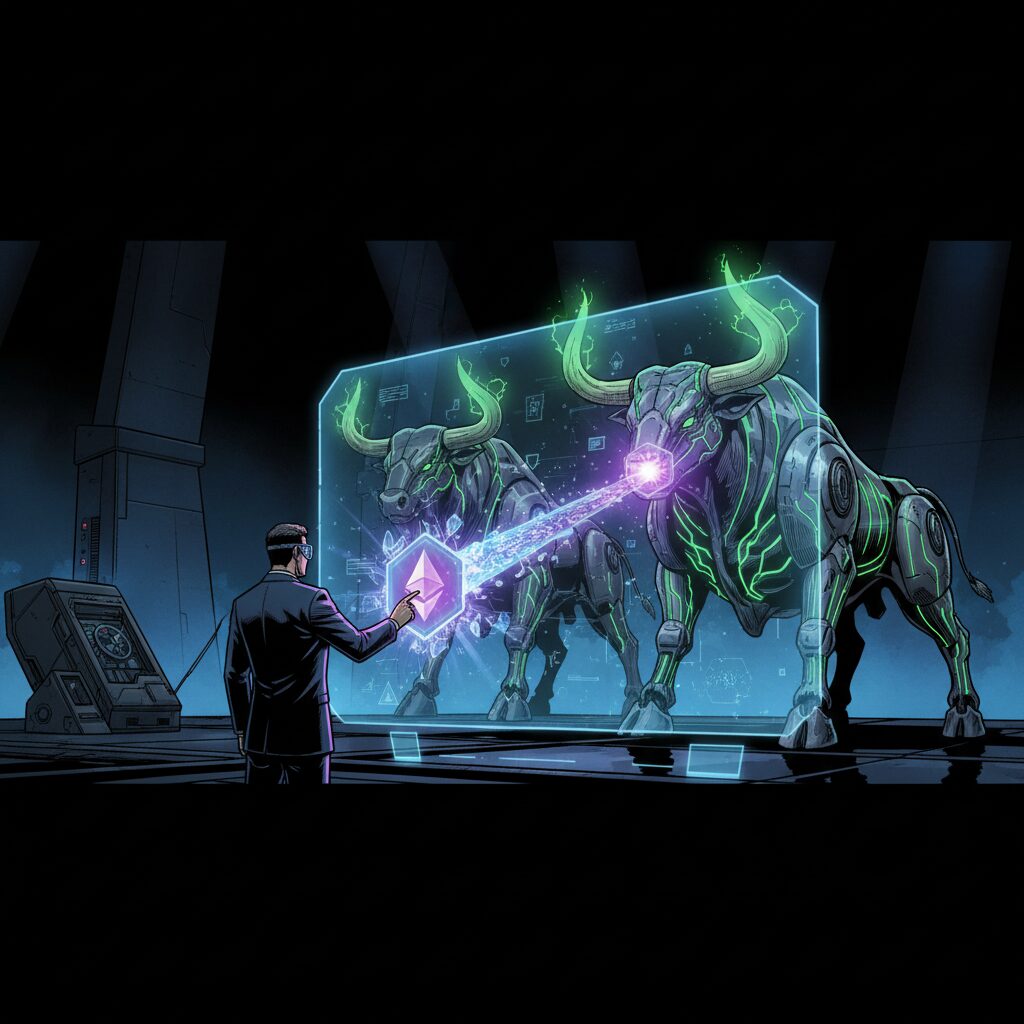Bitwise CIO Highlights Overlooked Ethereum Catalyst for Next Rally

Bitwise CIO Matt Hougan suggests that Ethereum could lead the next cryptocurrency rally, driven by a key network upgrade that many investors are currently ignoring. He believes the upcoming Fusaka hard fork is an under-appreciated catalyst that could significantly enhance the network’s ability to generate revenue.
Fusaka Upgrade to Boost Layer 2 Efficiency and Revenue
The Fusaka hard fork is scheduled to activate on the Ethereum mainnet on December 3, 2025, at block 13,164,544. This timeline was finalized by core developers following successful trials on the Holesky, Sepolia, and Hoodi test networks. A central feature of the upgrade is the introduction of Peer Data Availability Sampling (PeerDAS), a technology designed to make Layer 2 rollup operations faster and more cost-effective.
With PeerDAS, validators can confirm transaction data by sampling small pieces instead of downloading entire data blobs, which reduces bandwidth requirements. The upgrade is also set to increase the block gas limit from 45 million to as high as 150 million, allowing each block to process more transactions and data-heavy applications. According to Hougan, Fusaka will also establish a minimum fee for Layer 2s to record data, a change he predicts could multiply Ethereum’s revenue capture by five to ten times.
“I suspect the market will start to orient around the positive impacts of Fusaka soon, particularly if it’s delivered Dec. 3 as expected,” he stated.
A Broader Shift from Governance to Economic Value
Hougan argues that the market is overlooking a wider trend where major tokens are shifting from vague governance models toward providing direct economic benefits. He points to Uniswap’s proposed fee switch, which, if approved, would burn about 16% of trading fees. This change would transform the UNI token by adding direct economic value beyond its governance function, a move Hougan believes could push it into the top 10 tokens by market capitalization over time.
The XRP community is also exploring staking mechanisms that would alter the economics for token holders. Hougan sees these developments as part of a larger pattern of projects implementing features that capture value for their ecosystems. He predicts this trend will become more apparent in 2026, noting that value capture in digital assets is not static. “The level of value capture in digital assets is up only from here,” he wrote.
Disclaimer: The information provided in this article is for informational purposes only and does not constitute financial advice, investment advice, or any other sort of advice. You should not treat any of the website’s content as such. Always conduct your own research and consult with a professional financial advisor before making any investment decisions.










